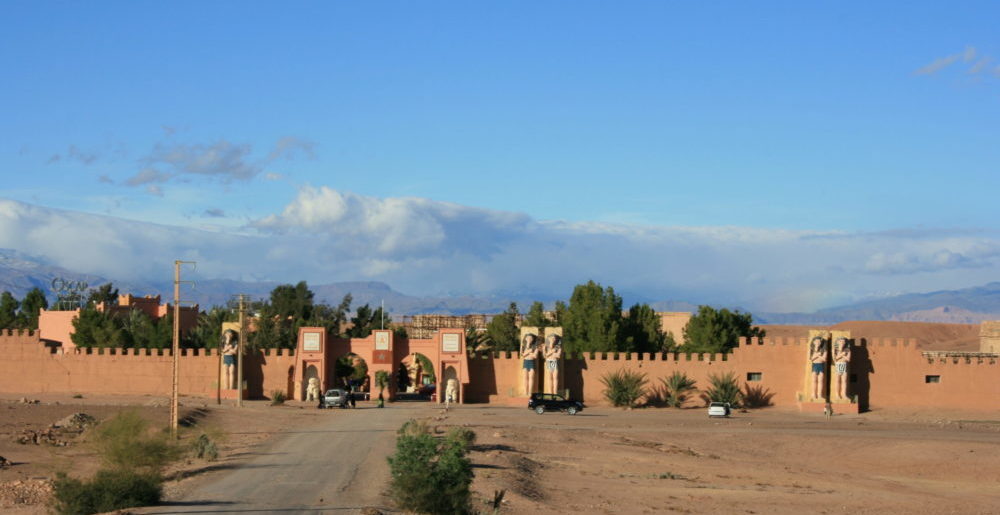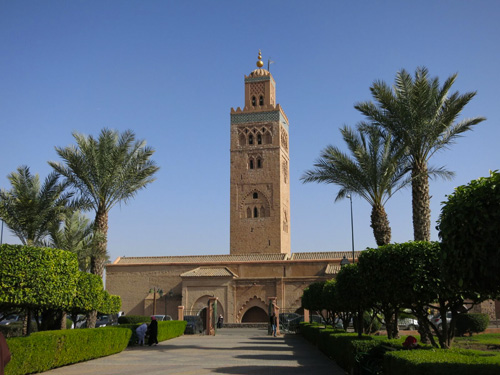The love between Morocco and cinema was born with the birth of the cinema: it is said that as far back as 1896 Louis and Auguste Lumière have traveled to Morocco several times to resume moments of everyday life.
It is therefore no coincidence that a very strong union has developed between film producers, attracted by new “Studios” and by the multiple opportunities they offer, and the territory itself, particularly evocative for settings that often go beyond the context of the landscape itself.
The numerous films shot make Morocco very familiar to the whole world, instilling a very welcome, enveloping and exotic image in travelers who dream of reliving the adventures dreamed and admired in films with possible travel, full of strong emotions.
At the “Studios” of Ouarzazate, still active and with scenic settings still in existence, you can still relive numerous sets of successful films: Kundun, The Gladiator, Othello, The Mummy – The Return, The Jewel of the Nile, Asterix & Obelix: Mission Cleopatra: despite their location was elsewhere, they were almost entirely shot here.
There are also films set in Morocco that often take on a connotation just like a “travel experience” in these lands, with an “on the road” component or the search for an “elsewhere”. Just think of Marrakech Express, The Sheltering Sky, A Train to Marrakech.
Then there are other very evocative films that have contributed to increase a mystical and exotic dimension to the destination, but which however have not been entirely shot in Morocco. Starting from the famous Casablanca, passing through The Wind and the Lion, The Man Who Knew Too Much, Adventure to Morocco …
Interesting and valuable, although less known by the general public, the national production, with most of its producers and directors who emigrated to France.
Many cities (and also – more or less- well-known tourist places) can boast of having hosted scenes from many international films, including recently produced ones. For example: at the Kasbah of Ait Ben Haddou, in addition to some of the aforementioned films,: Jesus of Nazareth, 007: Danger zone, Lawrence of Arabia, Alexander; in Meknes: the Jewel of the Nile; in Tangier: The Bourne Ultimatum; in Essaouira: Othello, Last Minute Morocco, in Rabat: Black Hawk Down, El Khoubz el Hafi; in Erfoud: I Giardini dell’Eden, in Marrakech: Alexander, La casa sulle nuvole, Marrakech Express, Last minute Morocco …
Cine-tourism is a new frontier to discover Morocco, especially if it will be able to get in touch with local culture with a logic of respect and sustainability. However, tourists will not be surprised why producers has chosen Morocco with its splendid natural panoramas as the scenic setting of their films.


